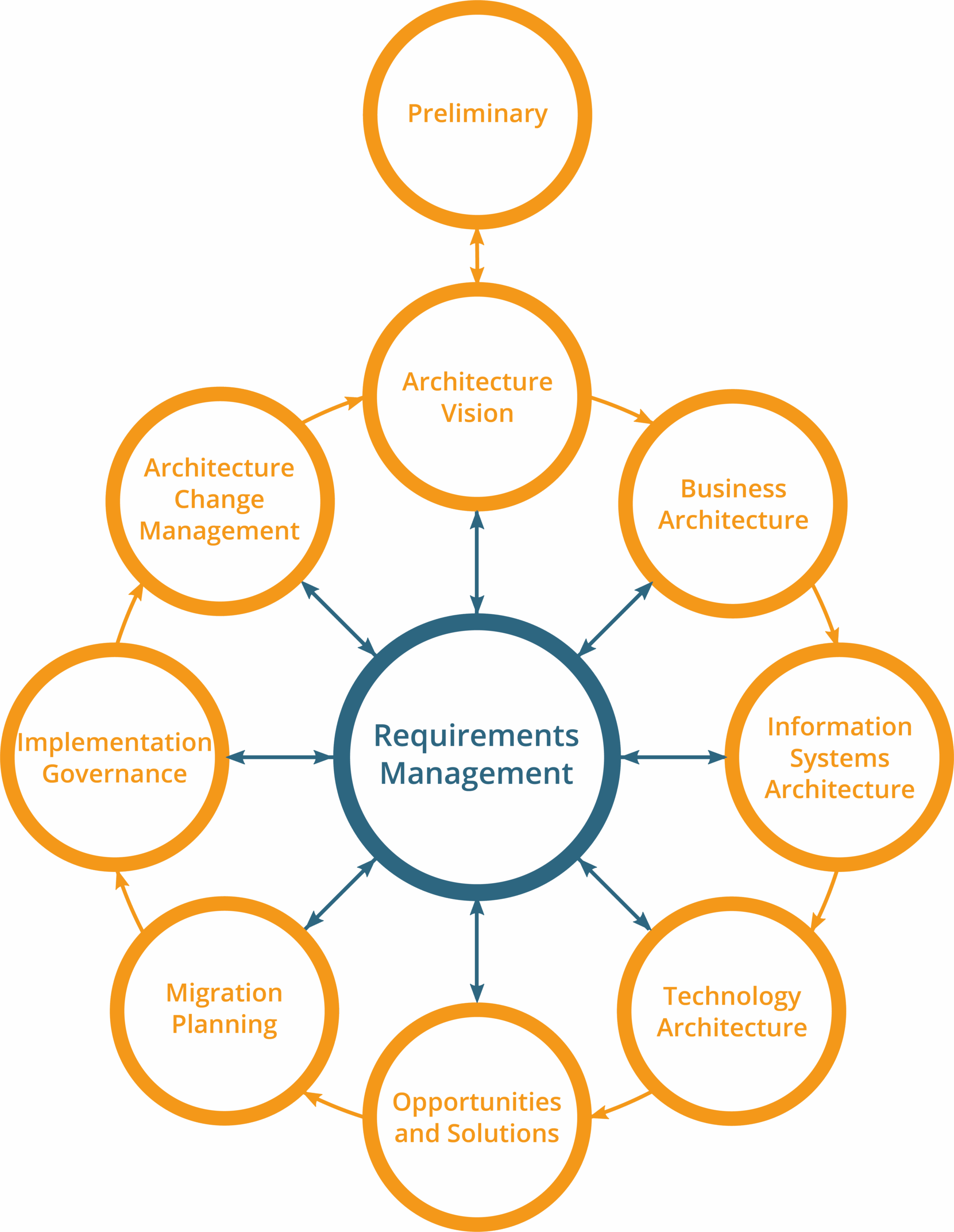MOF vs ITIL
In the ever-evolving world of technology, managing IT services efficiently and effectively has become a critical aspect for businesses. As organizations strive to deliver seamless experiences to their customers, two frameworks have emerged as the titans in the field of IT Service Management (ITSM): Microsoft Operations Framework (MOF) and Information Technology Infrastructure Library (ITIL). Both frameworks offer valuable insights and best practices, but which one is the ultimate champion? We will explore the strengths and weaknesses of MOF and ITIL, ultimately determining which framework reigns supreme.
Understanding MOF
The Microsoft Operations Framework (MOF) is a comprehensive set of guidelines and best practices designed to help organizations plan, deliver, and operate reliable IT services. MOF focuses on aligning IT services with business objectives, ensuring smooth operations, and driving continuous improvement. Let’s take a closer look at the key components of MOF:
Service Management Functions:
MOF emphasizes the importance of service management functions (SMFs) that cover various aspects of IT service delivery. These SMFs include service management, change and configuration management, release management, incident management, problem management, and more. By defining clear roles and responsibilities within these SMFs, MOF enables organizations to streamline their IT service management processes and ensure accountability.
Lifecycle Approach:
One of the standout features of MOF is its lifecycle approach to IT service management. MOF divides the IT service lifecycle into four phases: Plan, Deliver, Operate, and Manage. Each phase has its own set of activities and deliverables, ensuring that IT services are planned, implemented, and maintained effectively. This lifecycle approach helps organizations to have a holistic view of their IT services and enables them to identify and address any gaps or inefficiencies.
Risk Management:
In today’s technology-driven world, managing risks associated with IT services is crucial. MOF recognizes this and provides a robust framework for risk management. By identifying potential risks and implementing appropriate controls, organizations can minimize the impact of disruptions and ensure the continuity of their IT services. MOF’s risk management approach helps organizations proactively address potential vulnerabilities and build resilience into their IT infrastructure.
Unveiling ITIL
Information Technology Infrastructure Library (ITIL) is a globally recognized framework that provides a set of best practices for IT service management. ITIL focuses on aligning IT services with the needs of the business, improving service quality, and optimizing service delivery. Let’s explore the key components of ITIL:
Service Lifecycle:
Similar to MOF, ITIL adopts a lifecycle approach to IT service management. The ITIL service lifecycle consists of five stages: Service Strategy, Service Design, Service Transition, Service Operation, and Continual Service Improvement. Each stage has its own set of processes and activities, ensuring that IT services are designed, delivered, and improved in a structured manner. This lifecycle approach enables organizations to have a clear roadmap for managing their IT services and ensures that they are aligned with business goals.
Process Orientation:
ITIL places a strong emphasis on process orientation. It defines a set of processes that cover various aspects of IT service management, such as incident management, problem management, change management, and service level management. By following these standardized processes, organizations can establish consistency, improve efficiency, and enhance the overall quality of their IT services. ITIL’s process-oriented approach helps organizations to streamline their operations and ensure that IT services are delivered in a controlled and predictable manner.
Service Catalog:
A standout feature of ITIL is the service catalog, which serves as a central repository of all available IT services. The service catalog provides detailed information about each service, including its features, pricing, service level agreements, and more. By maintaining a comprehensive service catalog, organizations can enhance transparency, improve communication with customers, and enable them to make informed decisions. ITIL’s service catalog helps organizations to effectively manage their service offerings and ensure that they meet the needs of their customers.
The Clash of the Titans
Now that we have explored the key components of both MOF and ITIL, it’s time to pit them against each other and analyze their strengths and weaknesses. While both frameworks aim to improve IT service management, they have distinct approaches and priorities. In the next section, we will compare MOF and ITIL head-to-head and determine which framework has the upper hand in different aspects of ITSM.
The Showdown Begins
Flexibility vs. Standardization:
One of the key differentiators between MOF and ITIL is their approach to flexibility and standardization. MOF allows organizations to tailor its guidelines and best practices to suit their specific needs and requirements. This flexibility enables organizations to adapt MOF to their unique IT environments and business objectives. On the other hand, ITIL promotes standardization by providing a set of predefined processes and activities. While this standardization ensures consistency and ease of implementation, it may limit organizations’ ability to customize the framework according to their specific circumstances.
Vendor Dependency:
Another factor to consider in the battle of MOF vs ITIL is vendor dependency. MOF, being a Microsoft framework, is naturally more aligned with Microsoft technologies and products. This can be an advantage for organizations heavily invested in Microsoft solutions, as MOF seamlessly integrates with their existing infrastructure. However, for organizations using a diverse range of technologies, ITIL offers a more vendor-neutral approach. ITIL’s focus on best practices and industry standards allows organizations to implement the framework regardless of their technology stack.
Maturity and Adoption:
When it comes to maturity and adoption, ITIL has a clear advantage. ITIL has been around since the 1980s and has gained widespread recognition and adoption across industries. This means that there is a vast pool of IT professionals with ITIL certifications and a wealth of resources available to support its implementation. MOF, on the other hand, is relatively newer and has a smaller user base. While MOF has its own set of benefits, organizations may find it more challenging to find MOF-certified professionals and resources compared to ITIL.
Continuous Improvement:
Both MOF and ITIL emphasize the importance of continuous improvement in IT service management. However, they approach it differently. MOF focuses on driving continuous improvement through its lifecycle approach, ensuring that organizations regularly assess and refine their IT services. ITIL, on the other hand, places a stronger emphasis on Continual Service Improvement (CSI) as a dedicated stage in its service lifecycle. ITIL’s CSI stage provides a structured approach to identify areas for improvement, measure performance, and implement changes. This dedicated focus on continuous improvement sets ITIL apart in terms of driving ongoing enhancements in IT service management.
Final Thoughts
In this article, we explored the battle of the titans in IT Service Management: MOF vs ITIL. We delved into the key components of both frameworks, including MOF’s service management functions, lifecycle approach, and risk management framework, as well as ITIL’s service lifecycle, process orientation, and service catalog. We compared MOF and ITIL in terms of flexibility vs. standardization, vendor dependency, maturity and adoption, and their approach to continuous improvement.
While both MOF and ITIL offer valuable insights and best practices for IT service management, the ultimate winner depends on the specific needs and circumstances of each organization. MOF’s flexibility and alignment with Microsoft technologies may be advantageous for organizations heavily invested in Microsoft solutions. On the other hand, ITIL’s standardization, vendor neutrality, and widespread adoption make it a solid choice for organizations seeking a well-established framework with a wealth of resources and certified professionals.
Ultimately, the choice between MOF and ITIL boils down to understanding the unique requirements and goals of your organization and selecting the framework that best aligns with your needs. Whichever framework you choose, the key is to leverage its principles and best practices to drive continuous improvement and deliver exceptional IT services to your customers.




